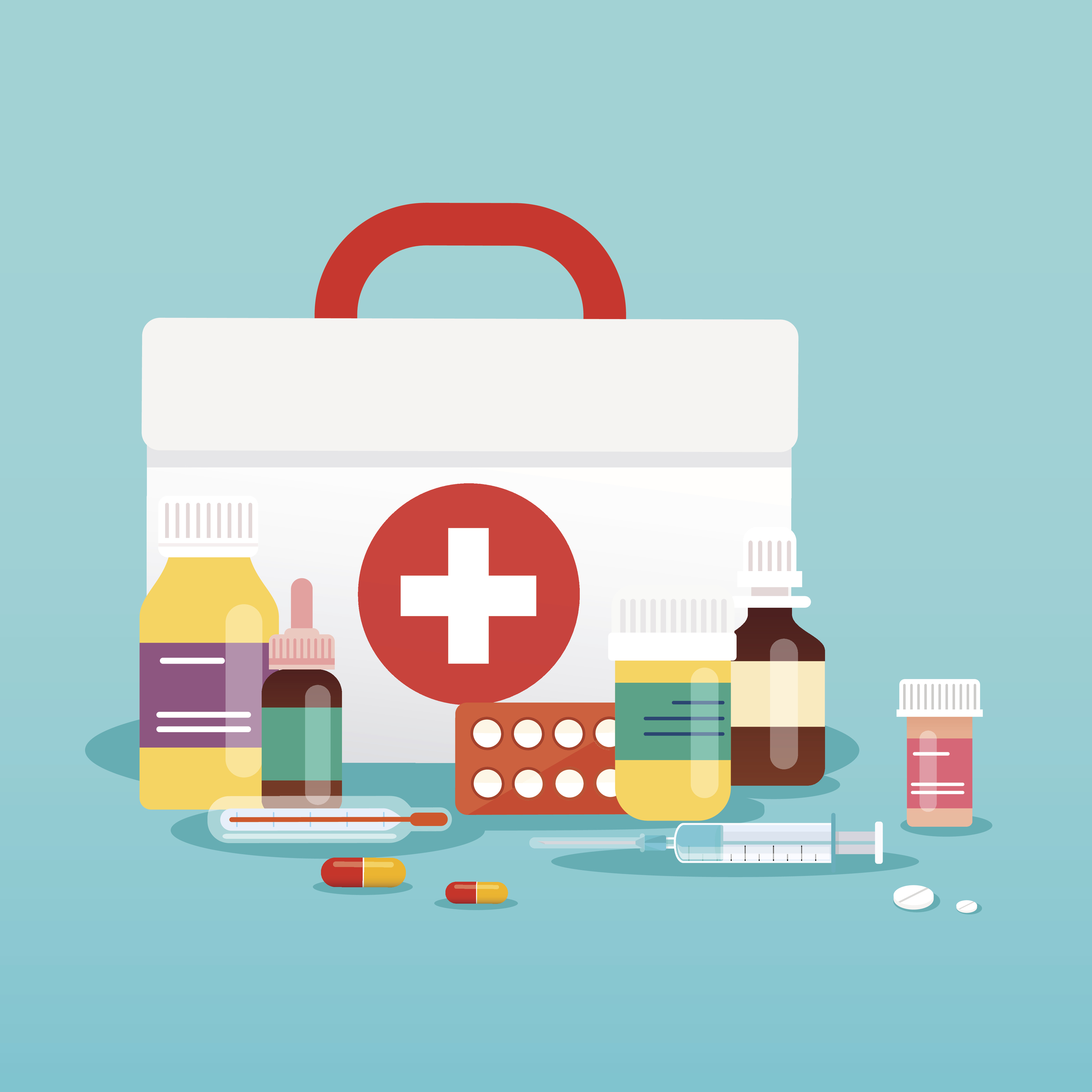Reducing Medication Prescribing and Administration Errors: Strategies for Critical Access Hospitals
Laura M. Cascella, MA
Prescribing and administering medications are complex processes, particularly because of the volume of medication orders in hospitals and the increasing number of prescription medications on the market. The Institute of Medicine (IOM) notes that although errors are common throughout the medication process, they are most common at the prescription and administration stages.1
MedPro's malpractice claims data for critical access hospitals (CAHs) confirm these risks. In claims closed between 2006 and 2015, allegations related to medication errors accounted for almost 1 out of 10 claims, and these allegations were associated with prescription and administration issues. Further,
45 percent of medication-related claims for CAHs resulted in outcomes with high clinical severity (i.e., serious patient injury or death).2
In recent years, technologies such as computerized provider order entry (CPOE), pharmacy information systems, bar-coded medication administration (BCMA), automated dispensing cabinets (ADCs), and smart infusion pumps have been implemented to help detect and prevent medication errors. For example, CPOE systems address errors related to illegibility and provide standard fields to capture key data, such as dose, route, and frequency. These systems also "enable the delivery of clinical decision support, including checks for allergies, drug-to-drug interactions, overly high doses, and clinical conditions . . . ." 3
However, medication safety technologies do not completely eliminate errors or guarantee patient safety. In fact, these technologies might introduce new patient safety concerns and opportunities for error. CPOE, for example, can increase clinician workload, decrease efficiency, and inundate users with alerts — all of which can increase the risk of medication oversights and lapses.4 Other medication safety systems also can have unintended consequences. ECRI Institute's Top 10 Health Technology Hazards for 2018 notes that workarounds for BCMA can nullify any safety measures the systems offer.5
Ultimately, how well medication safety technologies work depends largely on effective design, appropriate implementation, and educated users. To achieve the full benefits of these systems and reduce avoidable risks, CAHs can employ a number of strategies. For example:
- Thoroughly research system options and perform due diligence when selecting vendors. Include representative providers and staff members who will be using the system in evaluation activities.
- Seek input from providers and staff members to fully assess and understand their needs and workflow patterns and to solicit support for developing policies and procedures.
- Carefully plan implementation initiatives, and provide ongoing assessment and adjustment once a system is in place.
- Develop clear policies for transitioning data between systems and for reconciling information in the new system. Establish firm expectations related to appropriate use of the system.
- Provide training and education during implementation and after to help providers and staff acclimate to the new system, recognize potential process or system problems, and work toward reasonable solutions.
- Develop and implement a plan to ensure ongoing assessment of system use and to review user competency.
Additionally, CAHs can adopt other nontechnical strategies to help prevent medication errors and reduce liability exposures. As with all aspects of the medication use process, having thorough guidelines and protocols for prescribing and administering medications will help establish safety goals and expectations. Below are additional medication-related strategies to improve patient safety and reduce the risk of adverse events:
- Limit prescription writing and medication administration to professional staff members who are legally permitted by state law to perform these activities and who are properly trained and credentialed.
- Maintain adequate and up-to-date drug references and resources. Providers and staff should have easy access to these resources.
- Develop or review organizational policies and procedures for prescribing and administering medications. All guidance should adhere to state and federal regulations and accreditation standards.
- Establish standard protocols for medication reconciliation during admission, handoffs, and discharge.
- Establish a list of potentially problematic abbreviations, symbols, and dose designations. The Institute for Safe Medication Practices offers a detailed list as part of its Online Abbreviations Campaign Toolkit.
- Ask providers and staff to be aware of the list of error-prone abbreviations, symbols, and dose designations and to avoid them when communicating medical information to patients, pharmacists, and other providers.
- Establish policies that target potential problems with drug names and dosages. For example, require providers to always include the indication for use on prescriptions and use leading zeros as the standard format for writing out dosages.
- Determine whether the organization has adequate policies and protocols for managing high-alert medications, such as anticoagulants and analgesics. Provide thorough education on procedures for prescribing, administering, and monitoring patients who are taking high-alert medications.
- Review organizational policies related to drug diversion and security of medications, including prescription and administration protocols, which might be vulnerable to diversion attempts.
- Limit the use of verbal medication orders (in-person or via phone) to emergency situations.
- Advise providers to take the following steps prior to administering medication:
o Check the medication label against the medication order.
o Visually inspect the medication and verify its expiration date.
o Verify the appropriate time, dose, and route for administration.
o Check for contraindications or potential drug interactions.
- Educate patients about their medications, including their purpose, appropriate use, and potential side effects. Use language and materials that take into account patients' health literacy and comprehension levels. To ensure understanding, consider asking patients to repeat back, in their own words, the information they have received about their medications.
1 Institute of Medicine. (2006). Preventing medication errors. Washington, DC: National Academies Press.
2 MedPro Group. (2017). Malpractice claims data & risk analysis: Critical access hospitals. Retrieved from www.medpro.com/documents/10502/3643477/Claims+Data+Analyses+Hospitals.pdf
3 ECRI Institute. (2006, October). IOM recommends strategies to improve medication safety. Risk Management Reporter.
4 Agency for Healthcare Research and Quality. (2017, June). Patient safety primer: Computerized provider order entry. Retrieved from https://psnet.ahrq.gov/primers/primer/6/computerized-provider-order-entry
5 ECRI Institute. (2017). Executive brief: Top 10 health technology hazards for 2018. Retrieved from www.ecri.org/Pages/2018-Hazards.aspx

